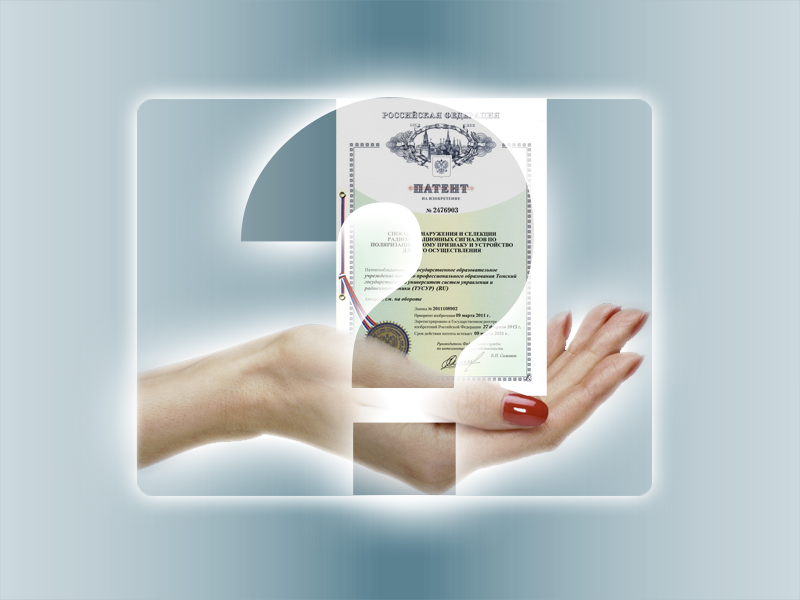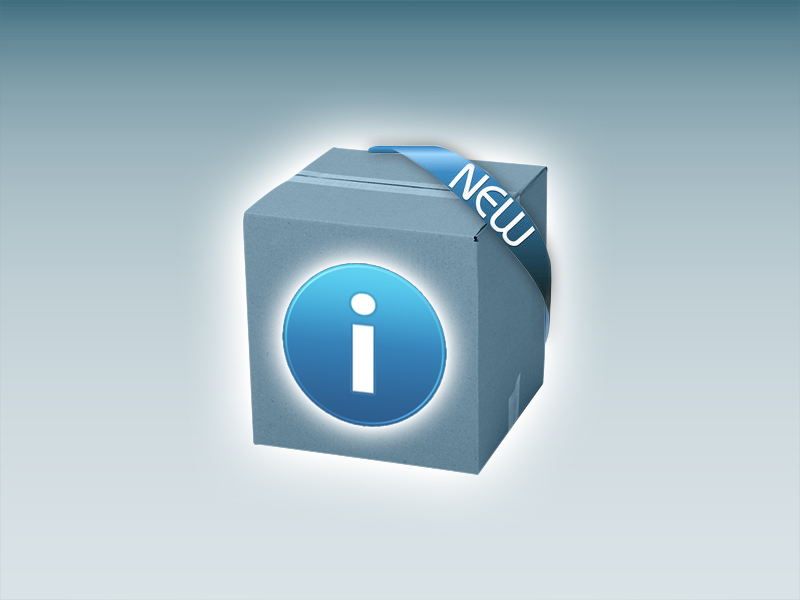A patent for an invention has a number of advantages over a patent for a utility model, which, of course, have advantages in obtaining this particular type of protection.
- A patent for an invention and a utility model provide their owners with absolutely the same amount of rights.
- However, a patent for an invention is valid 2 times longer than a patent for a utility model (20 years versus 10).
- In addition, if you want to patent your development abroad, it will be easier to do this on the basis of an application for an invention, since you can take advantage of the global PPH acceleration system.
- If a unique development is a method or system, then it can only be protected as an invention.
Why do you need to get a patent?

A patent issued by the Patent Authority is the only document that allows you to monopolize your intellectual property in the territory of the state where it is received
The nature of rights to works of literature and art and inventions is different. It is important to understand this if a new unique solution is invented in the world of technology. So, if you have written a book, then from the moment it was written, you have all the full rights, including property rights (the right to remuneration for use, the right to allow and prohibit use).
If you came up with an invention, then from the moment of its creation you only have the RIGHT to obtain a patent (literally, the right to acquire property rights). And only obtaining a patent gives property rights: the right to grant a license, to allow and prohibit use, to receive remuneration.
Novelty of Invention and Disclosure

In the event that information on intellectual property was published in public sources earlier than six months before the date of filing an application for patenting, then it will not be possible to obtain a patent for the invention (Civil Code of the Russian Federation, part 4)
The novelty of an invention, contrary to a well-established misconception, can be violated not only by a patent, but also, for example, by publication on the Internet, even if it is made by the author himself. Novelty is considered not within the framework of one state, but on a global scale. Therefore, if an invention is already known, for example, in China, it will not be possible to obtain a patent for it in Russia. However, even though the statutory 6-month period has been respected, premature disclosure can create problems in both patenting and exclusivity.
Features of patenting

As an invention, it is possible to protect not only a new device, but also a method, method, technology or system of a production process on a material object, as a result of which a new technical result is achieved.
The method can be protected as an invention. However, according to practice, it is desirable to patent not only and not so much the method as the end result - the device. Of course, not in every situation the end result of applying the method is patentable. But in the event that the product of the method can be protected as an invention, the author must definitely use this opportunity. Why? The end product, such as a device, is easier to protect in the event of disputes and litigation. The secret is simple: it's easier to compare two devices (obviously) than to prove that your opponent uses the same method.
Often, among inventors, there is a belief that it is necessary to prescribe the claims (the first independent paragraph) in as much detail as possible, indicating all the smallest details. However, such a formulation of the formula will not provide high-quality protection of the invention. According to Russian law, the invention is considered to be used if all the essential features of the very first paragraph are met. Thus, if, for example, a specific material is prescribed in the first claim, then the manufacture of the invention from another material will no longer be considered a violation. Therefore, the claims should be as broad as possible for quality protection.
Very often, an invented device is aimed at achieving several technical results at once. If the features that ensure the achievement of these results are the same, then obtaining one patent will be quite enough. However, if different technical features are aimed at achieving different technical results, there is a need for "package" patenting. There is an opinion that by prescribing the signs in the dependent claims, the inventor will ensure their protection. In fact, the formula protects only on the first, independent basis. Therefore, for multifaceted inventions with several technical results, batch patenting is the most competent and broad protection.
An international patent search gives 90% confidence in the absence of analogues that discredit novelty. However, exceptions, although very rare, do exist: for example, during a patent search, it is impossible to see applications that have not yet been published, i.e. recently filed. As a result - the issuance of patents for the same solution in different countries. And one of these patents, the application for which was filed even for a day, but later, is always challenged. What to do? Do not hesitate to apply for your innovation, because every missed day is an increasing risk of "being second".
inventive step

The inventive step is characterized by the absence of known solutions that coincide with the distinctive features of the claimed invention, or if there are such solutions, they should not affect the new technical result.
The inventive step is an evaluative concept. And, often, in different countries (and even by different examiners of the same patent office), the same object can be assessed by the examination in different ways. How to protect exclusive rights as quickly and reliably as possible in this case? Simultaneous filing of an application for a utility model will help - here you are almost guaranteed to receive a patent, which, if necessary, can later be abandoned.

